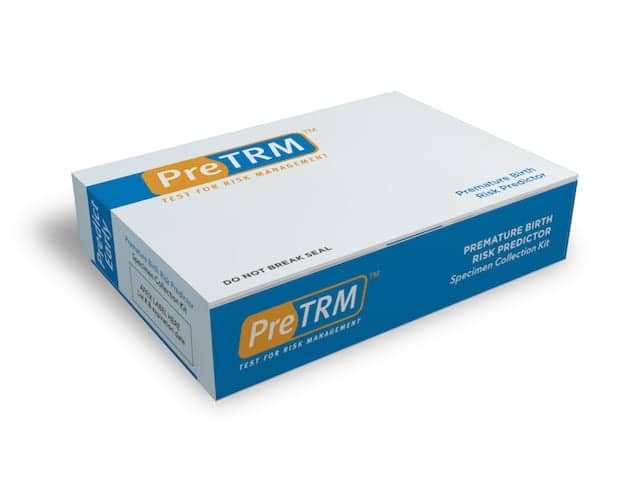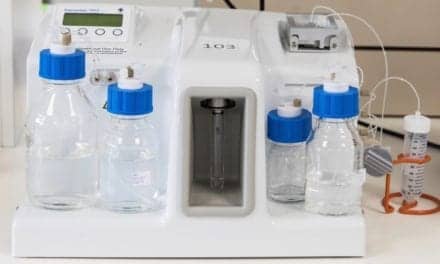Salt Lake City-based Sera Prognostics announced that the American Medical Association (AMA) has assigned a new, dedicated Current Procedural Terminology (CPT) Proprietary Laboratory Analysis (PLA) code to facilitate billing and payment for the PreTRM Test, the company’s proprietary proteomic blood test for measuring a woman’s risk of spontaneous preterm birth to enable timely intervention. The establishment of the new code, 0247U, is a result of the AMA’s PLA program, which enables labs with distinct, single-source Laboratory Developed Tests (LDT) to apply for a dedicated code that can be utilized to bill payors in order to receive reimbursement. This code is included in the revised set of PLA codes the AMA released on December 30, 2020, with an effective date of April 1, 2021.
The new code, 0247U, is associated with an official Descriptor that states, “Obstetrics (preterm birth), insulin-like growth factor-binding protein 4 (IBP4), sex hormone-binding globulin (SHBG), quantitative measurement by LC-MS/MS, utilizing maternal serum, combined with clinical data, reported as predictive-risk stratification for spontaneous preterm birth.” As such, it is specific to the PreTRM Test.
“The receipt of this dedicated CPT PLA code is an important milestone in our commercial strategy to establish coding, coverage and payment for our proprietary PreTRM Test,” says Gregory C. Critchfield, MD, MS, chairman and chief executive officer of Sera Prognostics. “We believe that the PreTRM Test has an important role to play to improve risk identification that allows earlier proactive interventions designed to decrease adverse outcomes and thereby reduce healthcare costs. We are committed to making the test broadly accessible. This CPT PLA code is a step in our ongoing efforts to secure reimbursement from individual employer-sponsored, commercial and Medicaid health plans, an essential component of our business and market access strategies.”
Preterm birth is a leading cause of illness and death in newborns. The PreTRM Test provides an early and individual risk prediction for spontaneous preterm birth in asymptomatic, singleton pregnancies. Identifying higher risk pregnancies by PreTRM enables resources to be more efficiently focused on pregnancies that are at the greatest risk of adverse neonatal outcomes.
For more information, visit Sera Prognostics.





